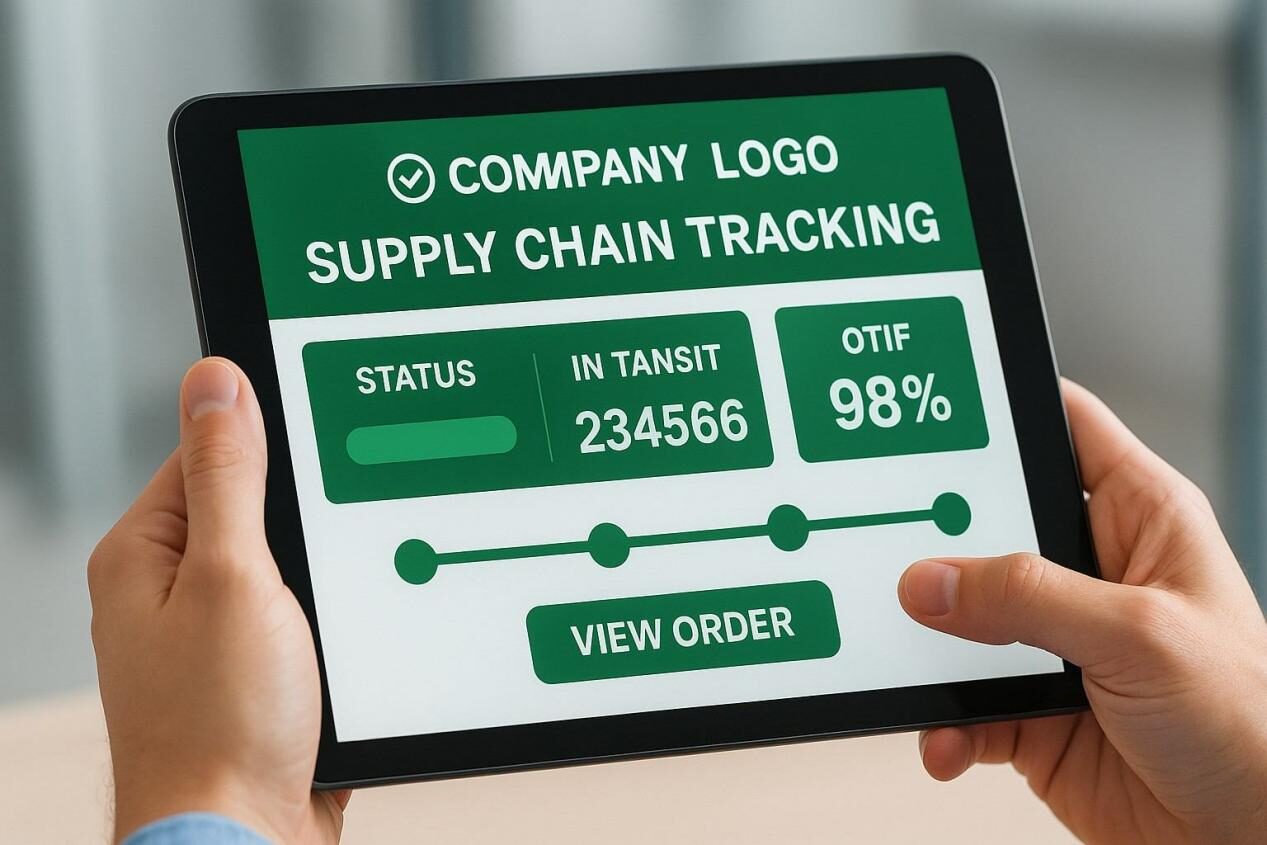Author: R&D Team, CUIGUAI Flavoring
Published by: Guangdong Unique Flavor Co., Ltd.
Last Updated: Sep 28, 2025
In the high-speed, high-volume world of food and beverage manufacturing, production downtime is the silent killer of profitability. It’s not just the lost opportunity of unproduced units; it’s the compounding cost of idle labor, emergency equipment repairs, missed delivery windows, and ultimately, damaged customer relationships. For facilities operating on razor-thin margins and strict JIT (Just-In-Time) inventory models, every minute the line is static translates directly into financial loss.
While downtime is often attributed to mechanical failure or raw material shortages, one critical, yet frequently overlooked, variable is the reliability of specialized ingredients, particularly flavor concentrates. Flavors are highly technical, complex formulations that are integral to the final product. A single delay, quality deviation, or insufficient technical support from your flavor house can halt an entire production run.
This comprehensive technical guide is engineered for F&B production managers, procurement specialists, and quality assurance (QA) teams. We will dissect the strategic partnership between manufacturer and flavor supplier, detailing how robust supply chain management, advanced technical support, and superior product quality ensure maximum uptime and operational efficiency.

High-Speed Bottling Line in Modern Factory
To minimize downtime, a flavor must be viewed not just as a recipe component but as a critical path element in the production schedule. Its timely arrival and perfect integration are essential.
Relying on a single supplier without rigorous vetting is a primary risk factor for downtime. A comprehensive flavor supplier must demonstrate resilience across four key areas: Manufacturing, Logistics, Quality, and Technical Support.
(Quote/Reference 1: Industry Association/Research Report)
“Supply chain resilience is now measured not just by cost, but by the ability to absorb shocks and maintain continuity. In the F&B sector, a single non-conforming or delayed ingredient delivery can cascade into millions in losses due to complex scheduling dependencies.” (Source: A recent supply chain management or F&B industry logistics report).
Unexpected flavor shortages are the most direct cause of ingredient-related downtime. This is mitigated through proactive collaboration:
A flavor that arrives on time but fails QA inspection is just as costly as a late delivery. Downtime due to failed quality checks is a common bottleneck.
The CoA is the gateway to your production line. A reliable supplier ensures that the data on the CoA is comprehensive, accurate, and, most importantly, always within the established specification tolerances.
A key aspect of preventing QA-related downtime is the supplier’s commitment to sophisticated QC protocols that preemptively detect issues.
(Quote/Reference 2: Government/Regulatory Source)
“The FDA’s FSMA (Food Safety Modernization Act) requires proactive, preventative controls, including supplier verification activities, to ensure that all ingredients, including flavorings, do not introduce hazards that could lead to product adulteration and subsequent production halts or recalls.” (Source: US FDA FSMA or an equivalent EU/global food safety authority guideline).

Laboratory Testing and Certificate of Analysis
Downtime often occurs when a production issue (e.g., emulsion instability, off-flavor development, or process integration challenges) arises and the internal team lacks the immediate, specialized expertise to resolve it. Reliable technical support is an insurance policy against this “intellectual downtime.”
A proactive flavor partner provides rapid access to their flavor chemists and applications specialists. This is crucial for:
The transition from a small-batch R&D sample to a massive industrial scale is a major risk zone. A supplier who offers scale-up support significantly reduces the chance of initial production runs failing.
(Quote/Reference 3: Professional Journal/Education Institution)
“Scaling from bench-top to commercial production requires meticulous control over heat transfer, mixing energy, and residence time. Failure to account for these variables is the leading cause of flavor profile deviation and stability issues, directly resulting in costly production stops.” (Source: A chemical engineering or food science professional journal article on scale-up kinetics in liquid food processing).
Beyond immediate logistical and QA concerns, a reliable partnership is measured by the supplier’s commitment to long-term stability and continuous improvement—factors that future-proof your own production schedule.
In the modern supply chain, manual processes are slow and prone to human error, leading to delays. Downtime is minimized when the flavor supplier operates with modern Enterprise Resource Planning (ERP) systems that can integrate with your own.
Frequent, unannounced changes to flavor formulations are a hidden cause of downtime. Every change (even a subtle raw material swap) requires internal re-validation, shelf-life studies, and potentially, regulatory re-filing.
(Quote/Reference 4: Wikipedia/Reputable News Media/Business Source)
“Robust change control management is a core principle of GMP (Good Manufacturing Practice). For ingredient suppliers, this means formalizing all non-conforming events, deviations, and specification changes to ensure the receiving party can maintain product integrity and regulatory compliance, thereby avoiding costly production interruptions.” (Source: A major business publication or authoritative business process/quality management resource discussing GxP standards).

Digital Supply Chain Tracking Dashboard
Production downtime is not an unavoidable operational hazard; it is a measurable risk that can be systematically reduced through strategic sourcing. The reliability of your flavor supply—encompassing not just the physical product but the entire support ecosystem—is the key determinant of your operational efficiency.
By prioritizing flavor partners who demonstrate supply chain resilience, stringent QA controls, rapid technical troubleshooting, and transparent change management, F&B manufacturers can effectively remove one of the most volatile variables from their production equation. Investing in a robust flavor partnership is not merely a purchasing decision; it is a strategic investment in maximizing uptime, protecting profitability, and guaranteeing brand consistency.
Is Your Flavor Supplier a Liability or an Asset to Your Uptime?
Don’t let flavor supply issues dictate your production schedule. Our ISO and FSSC certified facilities are designed with robust redundancy and cutting-edge QA protocols to ensure 99.9% OTIF delivery and specification compliance.
👉 Technical Exchange: Contact our specialized flavor chemists and F&B applications team today to review your current QA and delivery protocols and schedule a technical consultation.
👉 Free Sample & CoA Review: Request a free flavor sample and our complete CoA to see the benchmark for reliability and quality assurance we provide.
📩 [info@cuiguai.com]
📞 [+86 189 2926 7983]
🌐 Explore more at [www.cuiguai.cn]

Partnership and Trust with Food Industry Focus
Copyright © 2025 Guangdong Unique Flavor Co., Ltd. All Rights Reserved.